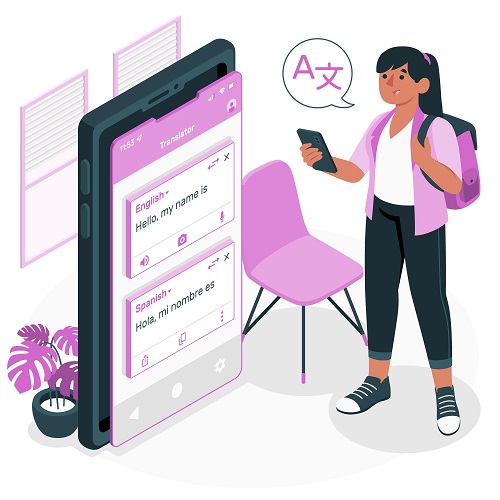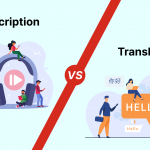What is an interview transcript?
An interview transcript is a written record of an interview that was conducted orally. It is a documentation of a conversation between multiple people. This can either be done in real-time, i.e., someone drafts notes while the interview is taking place or they transcribe it later from a recording of the interview, either in audio or video format.
Why did the need for transcribing interviews arise?
Transcription of interviews conducted in a company is essential because, if there are claims against a company from Employment courts; it has long-lasting repercussions. There are financial implications, of course, but since such legal cases garner public attention‒ the company’s reputation might also be adversely impacted. Such legal claims often include matters like the breach of contract, unfair dismissal, and discrimination. Such claims are often a result of disciplinary or grievance interviews which did not go well, as well as not adhering to stated company policies. Transcribing interviews helps guarantee transparency and ensures unfounded claims are thwarted.
Keeping an archive of transcribed interviews
Whenever there is any conflict at an organizational level, there are several parties involved. To help maintain transparency and for ease of unearthing the truth, keeping an archive of interview transcripts is essential. A recorded and transcribed interview can help in the process of corroborating facts in case of an accusation and protect the company.
If a company or agency chooses to record interviews it is important that both parties consent to being recorded. It is also important for the interviewer to correctly understand the procedures of the interview or review, and that they can be trusted to follow them, even if provoked.
Even if the interviewer is aggravated, a recorded interview can address any claims that a manager behaved inappropriately and prove they were fair to the interviewee.
Recording and transcribing interviews allow the interviewer to focus solely on the interview instead of being distracted by note-taking. When there are quick changes of topic, a recording can keep track, unlike an interviewer who must take notes and hold a conversation at the same time. With transcription, the time-consuming task of typing handwritten notes is avoided, drastically reducing the waiting period for forms to be approved, as they can be transcribed easily and placed into any template.
Transcribing interviews of these types will not only give an accurate account of what happened, but it will also help foster standardization across the company. Transcription is an easy and cost-effective way to protect business integrity.
Steps to create an interview transcript
Step 1: Listen to the whole recording before starting transcription
It is really helpful to be acquainted with the content of the entire video before starting transcription. Being familiar with the audio will help you gauge any obstacles which might later slow down the process.
It is also good practice to take notes as you listen and identify the speakers. You should also write down any words or terms you need to familiarise yourself with (like technical jargon or slang).
Now is also the perfect time to decide what kind of transcription is needed: intelligent-VERBATIM, VERBATIM, or Clean.
Step 2: Transcribe a rough draft
Your next step will be to transcribe a rough draft. This is essential if you’re not that confident of your typing speed. Accuracy is not important at this stage. You will be revising the document later as it is. You may surely pause if you need to, but try not to rewind the recording.
To facilitate faster typing, feel free to add shortcuts for this initial draft. For example, you can use “hv” as an abbreviation for “however”. You can go back and change these later using the Ctrl + F function or you can enable the autocorrect function on your word processor to fix them as you go.
Step 3: Revisit the transcript and edit
Now you have a readable transcript that you can proofread. This proofreading stage is critical, as there might be inconsistencies or errors l which require correction before the final transcript is ready.
It is also wise to replay the interview at this point. Read through the transcript as you listen and correct any inconsistencies or errors that are detected. You may well find that you misheard certain words or allowed the odd homophone to sneak in, like “hear” and “here”.
Step 4: Format it to your needs
You should now have an accurate and polished transcript. Imagine having all of the best roulette from the best online casinos right at your fingertips, wherever you go. Now you need to simply format it to fit your needs and ensure that it fulfills its intended purpose.
You also need to adjust the font type and size to ensure that it’s easy to read even when checking for a quick reference. Use subheadings, titles, paragraphs, and page numbers to improve overall readability.
This is also a good time to give the text one last proofread to ensure that it’s error-free. Also, ensure that any shortcuts used have been replaced and that all typos and spelling errors have been corrected.
Voilà, your transcript is ready!








Share your thoughts